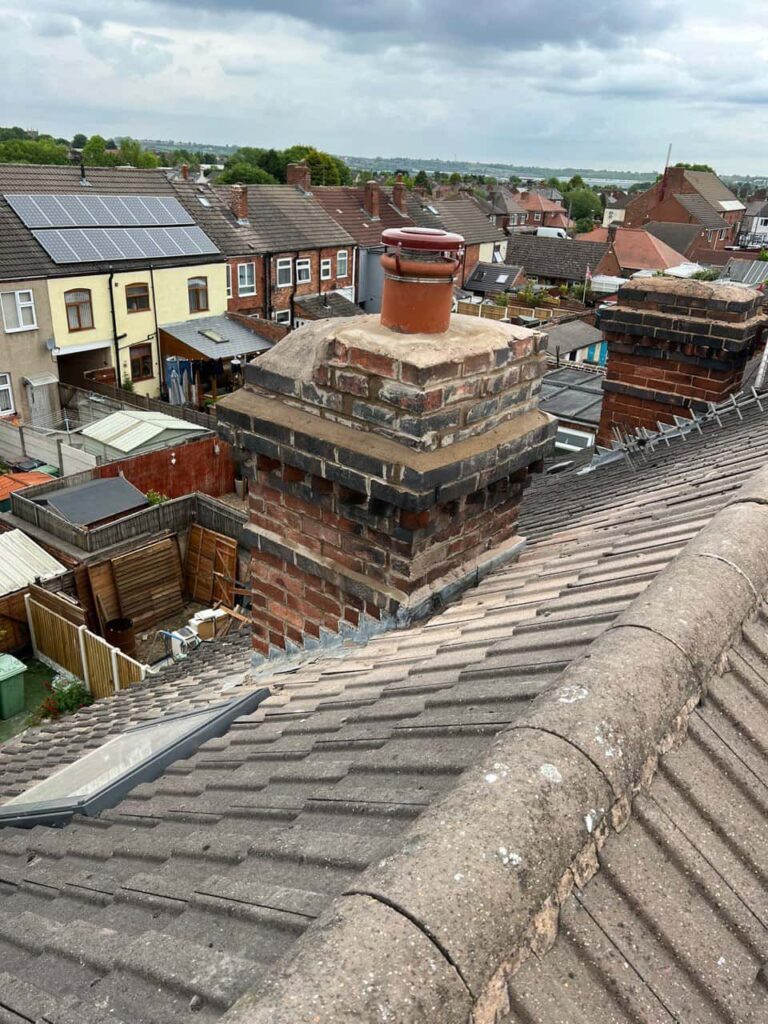Introduction
When it comes to roof design, homeowners and property developers alike seek a balance between visual appeal, structural strength, and long-term durability. One option that ticks all these boxes is the hip roof—a roofing style that continues to grow in popularity across the UK, especially in areas like Bexleyheath and South East London.
But what exactly is a hip roof, and why might it be the right choice for your property? In this guide, we’ll explore the key features, benefits, and considerations of hip roofs, helping you make a well-informed decision for your home or building project.
What Is a Hip Roof?
A hip roof is defined by its four sloping sides, all of which meet at a ridge or a single point, depending on the shape of the building. Unlike a gable roof, which only has two slopes and vertical ends, a hip roof has no flat sides—this gives it a more symmetrical and aerodynamic appearance.
Types of hip roofs include:
- Simple hip: Four equal sides meeting at a ridge.
- Cross hip: Two hip sections joined at a right angle.
- Half-hip: Where part of a gable is retained, often for stylistic effect.
Key Advantages of Hip Roofs
Hip roofs offer a range of benefits, both aesthetic and practical, that make them a smart investment:
1. Superior Wind Resistance
The sloped design on all sides makes hip roofs more stable and aerodynamic, ideal for windy or exposed locations.
2. Better Drainage
Water and snow run off easily from all sides, reducing the chance of pooling or leaks and lowering long-term maintenance.
3. Strong, Self-Bracing Structure
With equal slopes, the design evenly distributes weight, providing more strength without needing additional structural support.
4. Attractive Appearance
Hip roofs create a tidy, uniform silhouette that complements most architectural styles, from modern builds to traditional homes.
5. Excellent for Loft Conversions
Their shape can allow for well-ventilated, usable attic spaces—ideal for future extensions or loft rooms.
Considerations Before Installing a Hip Roof
While hip roofs offer great advantages, there are a few things to keep in mind:
- Higher Construction Costs: More materials and labour are often required due to the complexity of the design.
- Reduced Ventilation Without Proper Planning: Because of the enclosed design, roof ventilation must be carefully planned.
- Challenging Repairs: With more joins and slopes, repair work can be more intricate compared to simpler roof types.
That said, working with a professional team like Bexleyheath Roofing Repairs ensures these challenges are managed with expertise, leaving you with a high-quality roof that performs and lasts.
Common Applications for Hip Roofs
Hip roofs are not just suited for domestic properties—they’re also a smart option for:
- Bungalows
- Semi-detached homes
- Apartment blocks
- Outbuildings and garages
- Commercial properties wanting added stability and a polished finish
Conclusion
Hip roofs offer a sleek look paired with practical durability, making them an excellent choice for a wide range of property styles in Bexleyheath and across South East London. Whether you’re upgrading your existing roof or designing a new build, a hip roof provides stability, weather resistance, and curb appeal that few alternatives can match.
At Bexleyheath Roofing Repairs, we specialise in high-quality roof installations and repairs tailored to suit your property’s specific needs. If you’re considering a hip roof for your home or commercial site, get in touch today for expert advice and a no-obligation quote. Your perfect roof is just a call away.
Call us on: 0208 103 9770
Click here to find out more about Bexleyheath Roofing Repairs
Click here to complete our contact form and see how we can help with your roofing needs.

